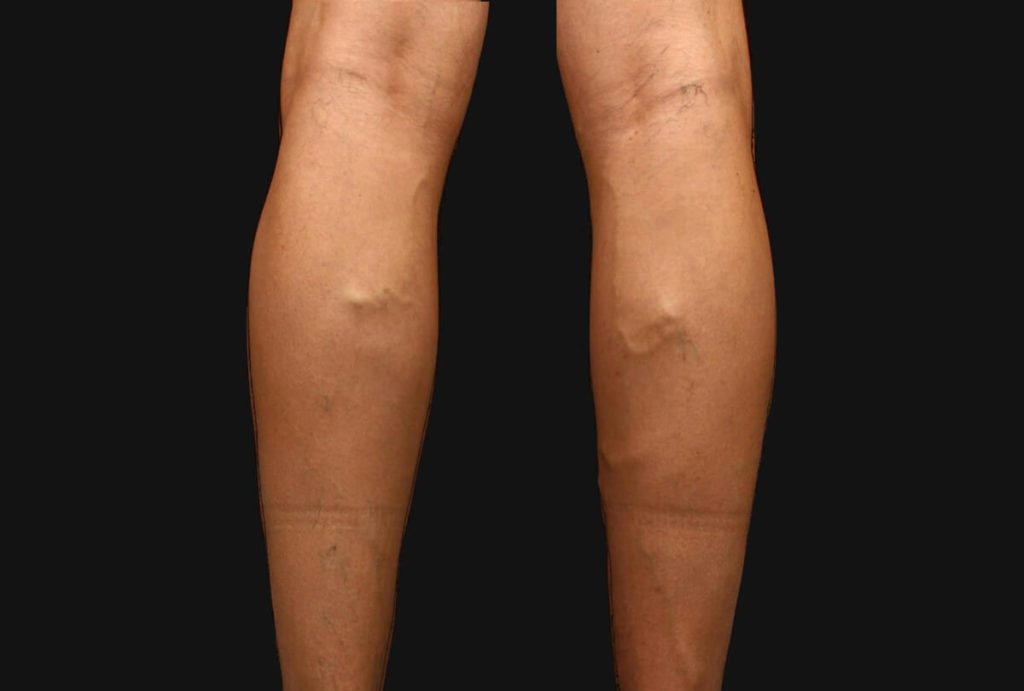What is Radiofrequency Ablation (RFA) Treatment?
Radiofrequency (RF) endovenous ablation is a minimally invasive treatment procedure for venous reflux disease.
Using radiofrequency to heat and seal diseased great saphenous and perforator veins and address the underlying cause of severe varicose veins. The procedure uses radiofrequency energy to heat and cauterize damaged or weakened veins.
When your damaged vein is closed, your varicose veins fade away, and your blood is forced to move through healthier veins on its journey back to your heart and lungs.


